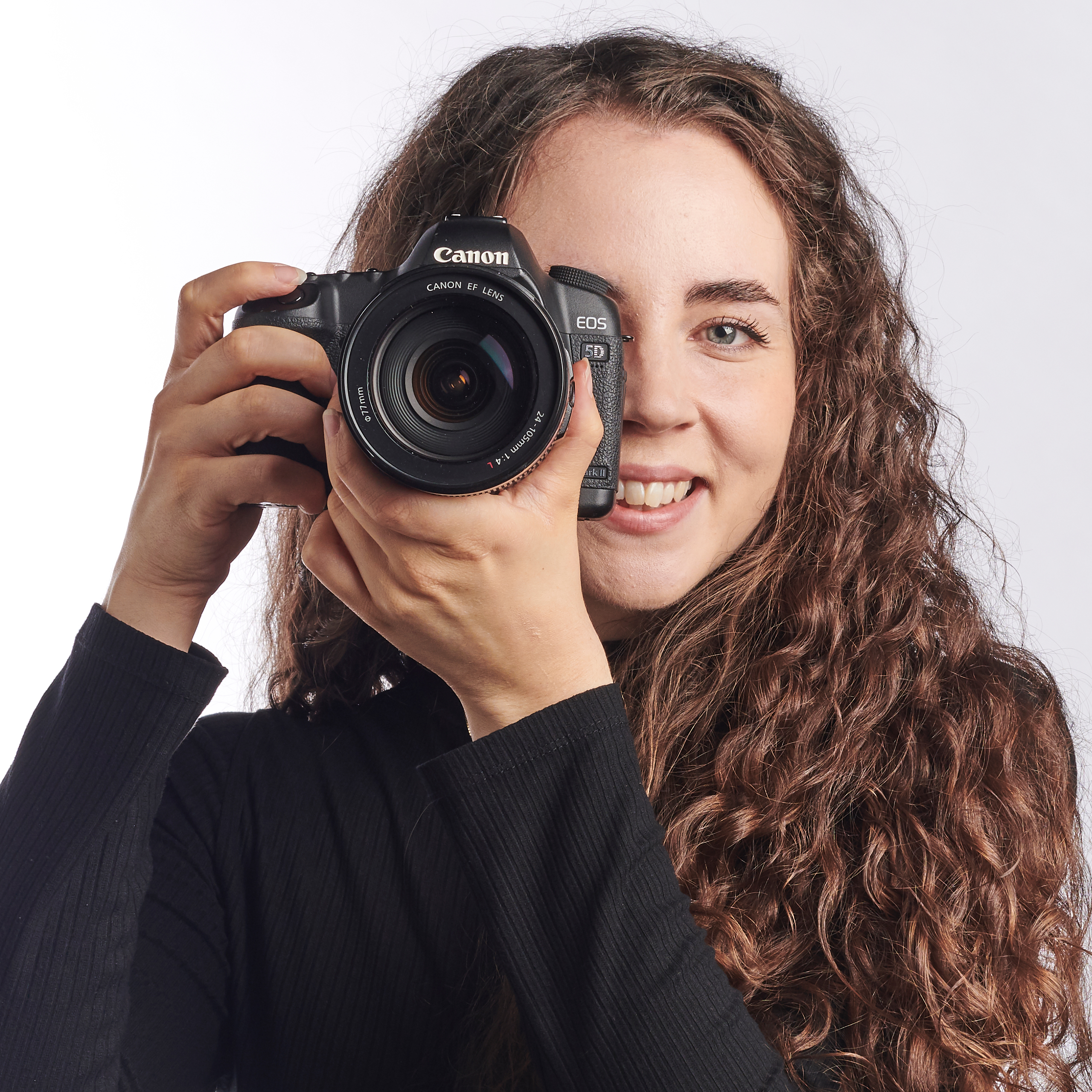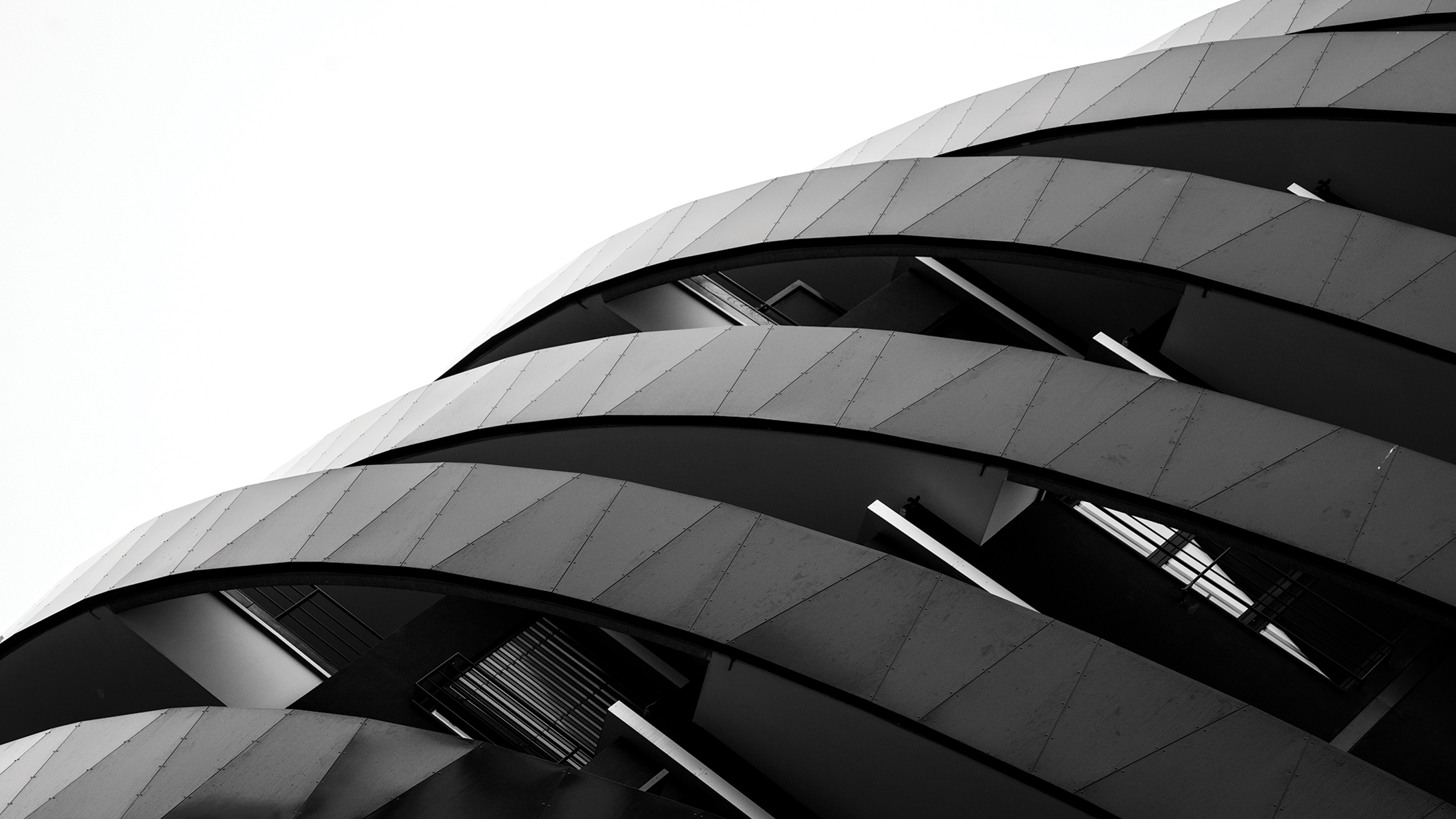Back to school tech deals in 2025: Everything you need for the new school year
Take a look at our guide to the best back to school tech you're going to need for the year ahead
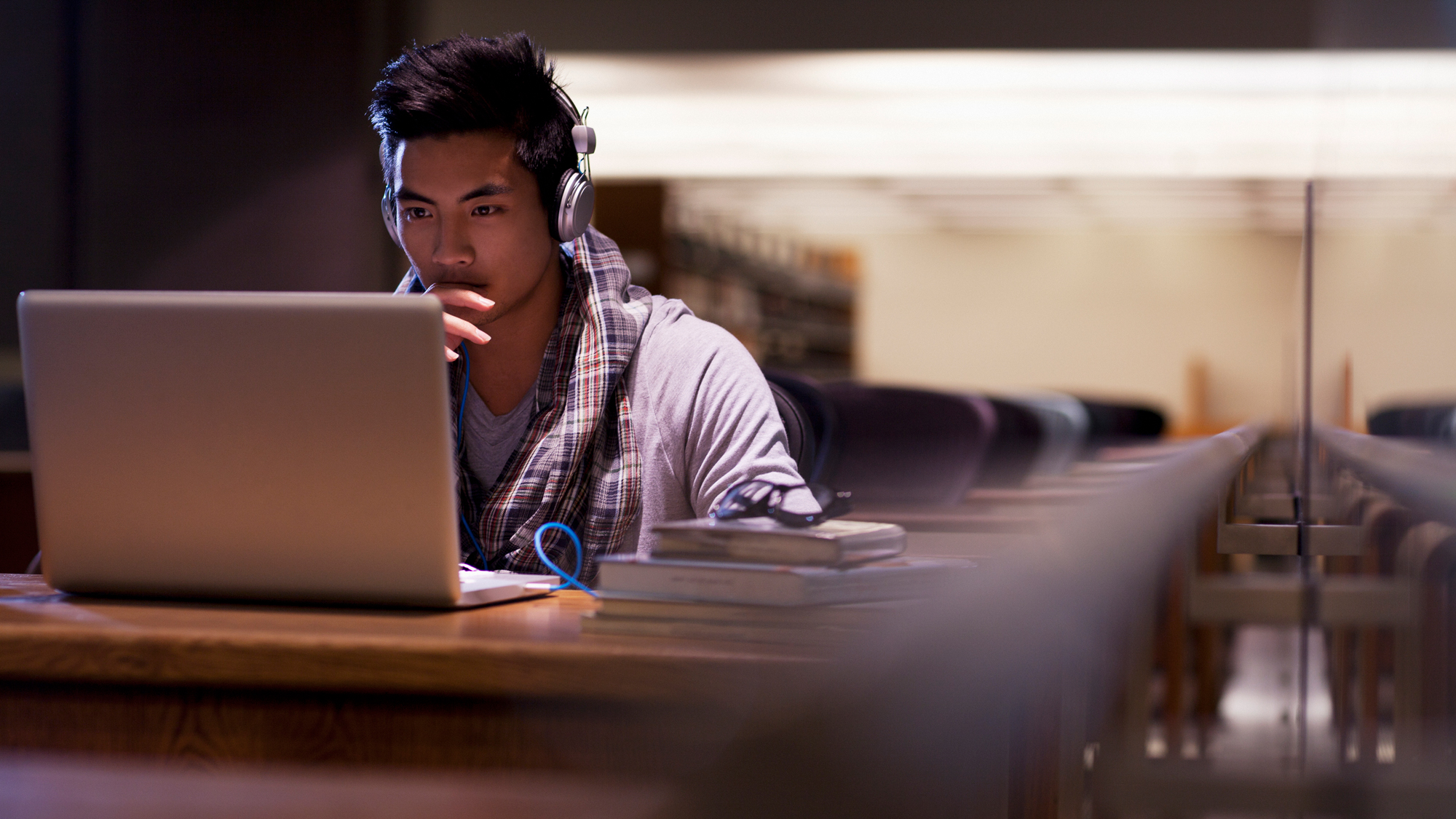
With the new academic year fast approaching, getting a good deal on back to school tech is more important than ever. Whether you're in the market for the best student laptop, or you fancy picking up the best student camera for your new photography course, we've put together a guide to help you find the back to school tech you need.
So, what sort of tech will be best for the new academic year? If you're a college or university student, the best tablet for a student will likely come in handy. We particularly recommend the best Chromebooks for students, as these handy hybrids take the best parts of tablet technology and add the ergonomic benefits of an additional keyboard.
If you're a parent shopping for a younger child, why not check out our best camera for kids guide – not only will your child have fun being creative, but they'll also be able to explore their artistic abilities outside of school. Alternatively, if you're looking for something a little more scientific, don't forget to check out our best otoscope for medical students and best microscopes for students guides as well.
We've rounded up our top picks for back to school tech below, from laptops to camera phones to tablets.
Great back to school tech in 2025
Why you can trust Digital Camera World
Back to school tech: Laptops
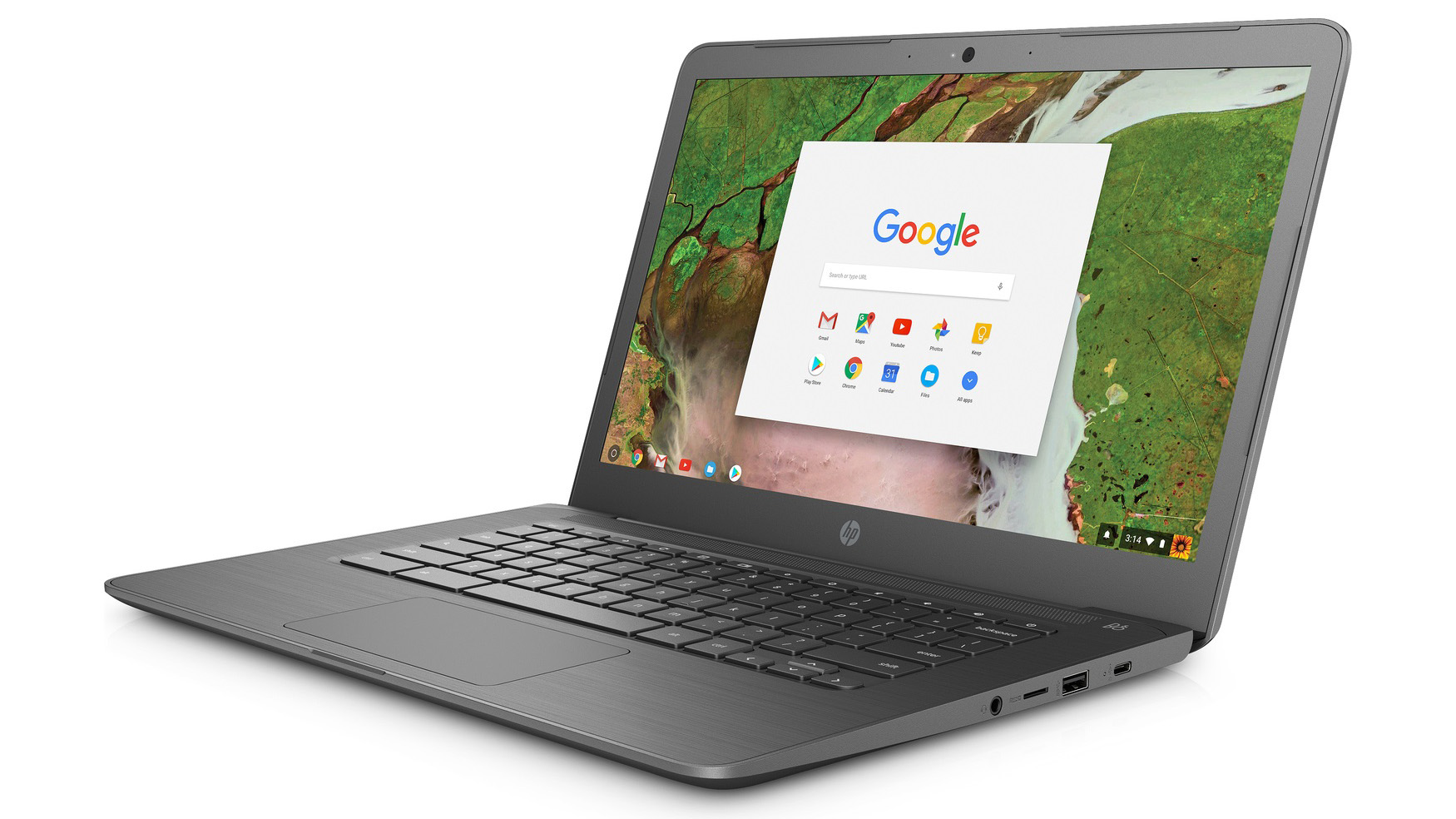
1. HP Chromebook 14 FHD
Specifications
Reasons to buy
Reasons to avoid
Rather than running Windows or Mac OS, this laptop is based on Google's ChromeOS operating system. It's designed to be super-simple to use and runs apps from Google's Play Store, just like an Android phone or tablet. As such you won't be able to use Windows software like the Office suite, but the Google's own cloud-based productivity apps like Docs and Sheets are genuinely viable alternatives.
Despite its low price, this is one of the best Chromebooks you can buy right now, with its standout feature being its 14-inch Full HD 1080p screen. It's an IPS panel, so you needn't worry about restricted viewing angles or weak contrast. Be sure you go for this Full HD (FHD) version of the HP Chromebook 14 though, as other models are available with lesser screens, and we don't reckon the marginally lower price is worth the significant reduction in display quality.
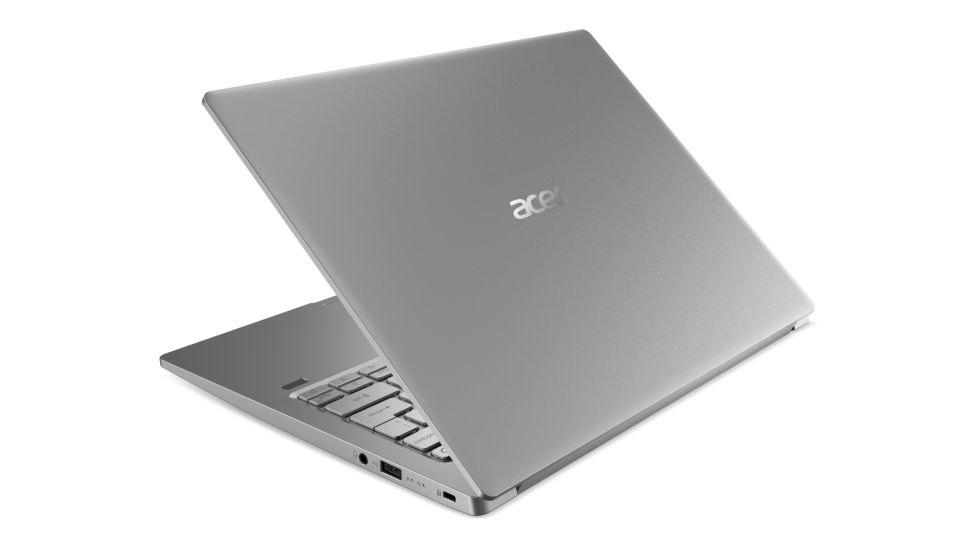
2. Acer Swift 3
Specifications
Reasons to buy
Reasons to avoid
We're a big fan of the way the Acer Swift 3 (2020) balances an affordable price tag with enough power to help students navigate their everyday life at school, college or university. Whether you need to browse the web for research or write your latest essay, the Acer Swift 3 (2020) is designed to easily handle day-to-day tasks.
One of the Acer Swift 3 (2020)'s most useful features is how thin and light it is. While it boasts a 14" screen, it's only 1.5cm thick and weights a featherlight 1.18kg (2.7lbs). However, while it might be super light, that doesn't mean that the construction is cheap or flimsy. The Acer Swift 3 (2020) has been designed to have a great build quality that won't easily break. No, this isn't the most powerful piece of hardware in the world, but, for most students, the Acer Swift 3 (2020) will be the perfect companion in their studies.
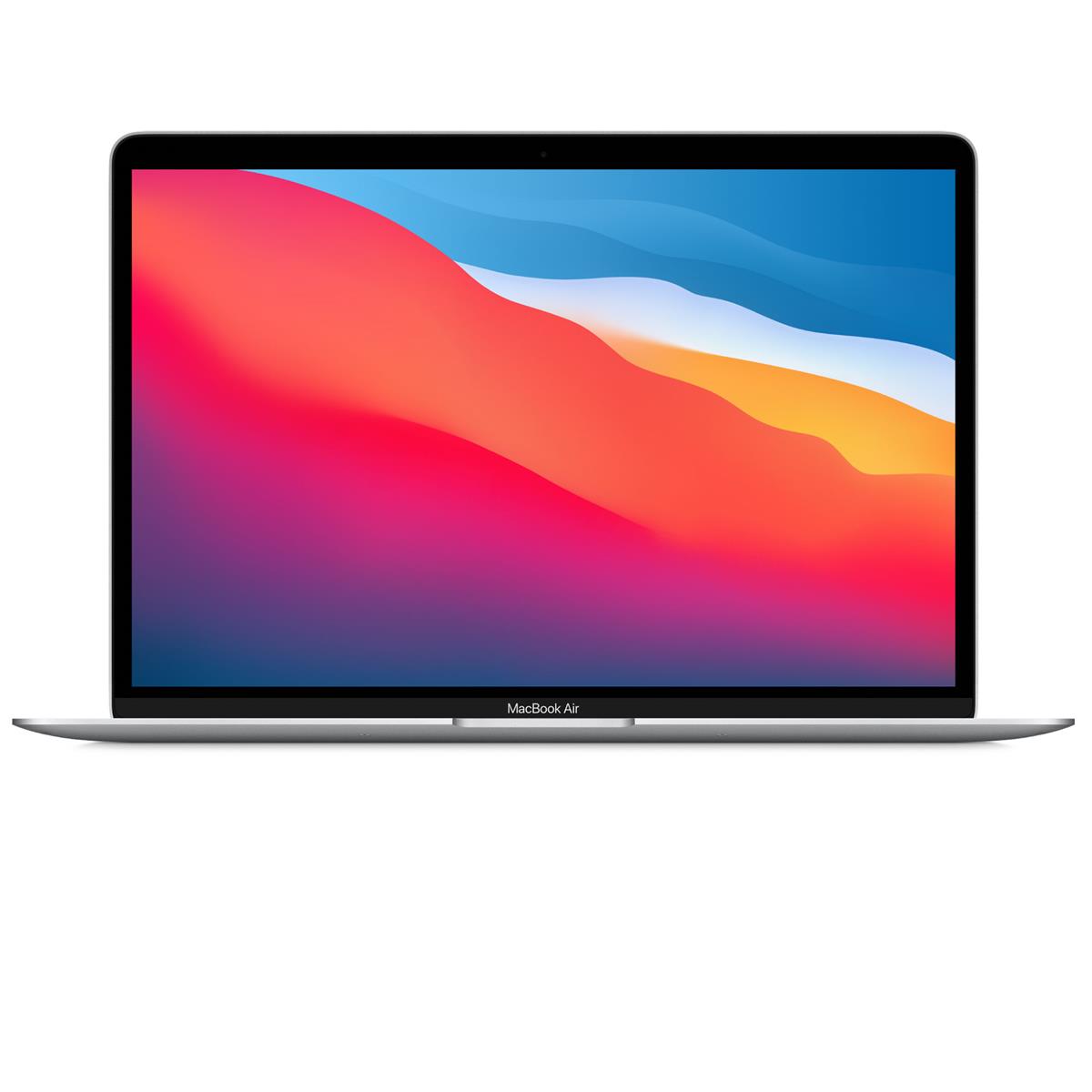

Specifications
Reasons to buy
Reasons to avoid
The MacBook Air 13-in M1 is impressive in three main areas: first, its design, finish and ergonomics; second, its sheer performance for a lightweight laptop; third, its value for money given those other two things.
Its Retina screen is, as ever, just beautiful. Apple says it has a 25% wider color range than sRGB, but doesn’t mention Adobe RGB, which leads us to assume it’s somewhere in the middle. The contrast, definition and brightness are stellar, and while the 2560 x 1600 resolution isn’t 4K, it’s an important step up from a regular 1920 x 1080 screen.
There are just two USB ports, which is annoying, it’s not really a lot smaller than a regular MacBook, even though it looks like it, and the 7-core entry level model is a bit of an odd proposition, but these are pretty minor complaints. This is a beautifully made notebook computer that offers supreme portability and versatility for a fair price – definitely one of the best student laptops for Apple fans!
Back to school tech: Tablets
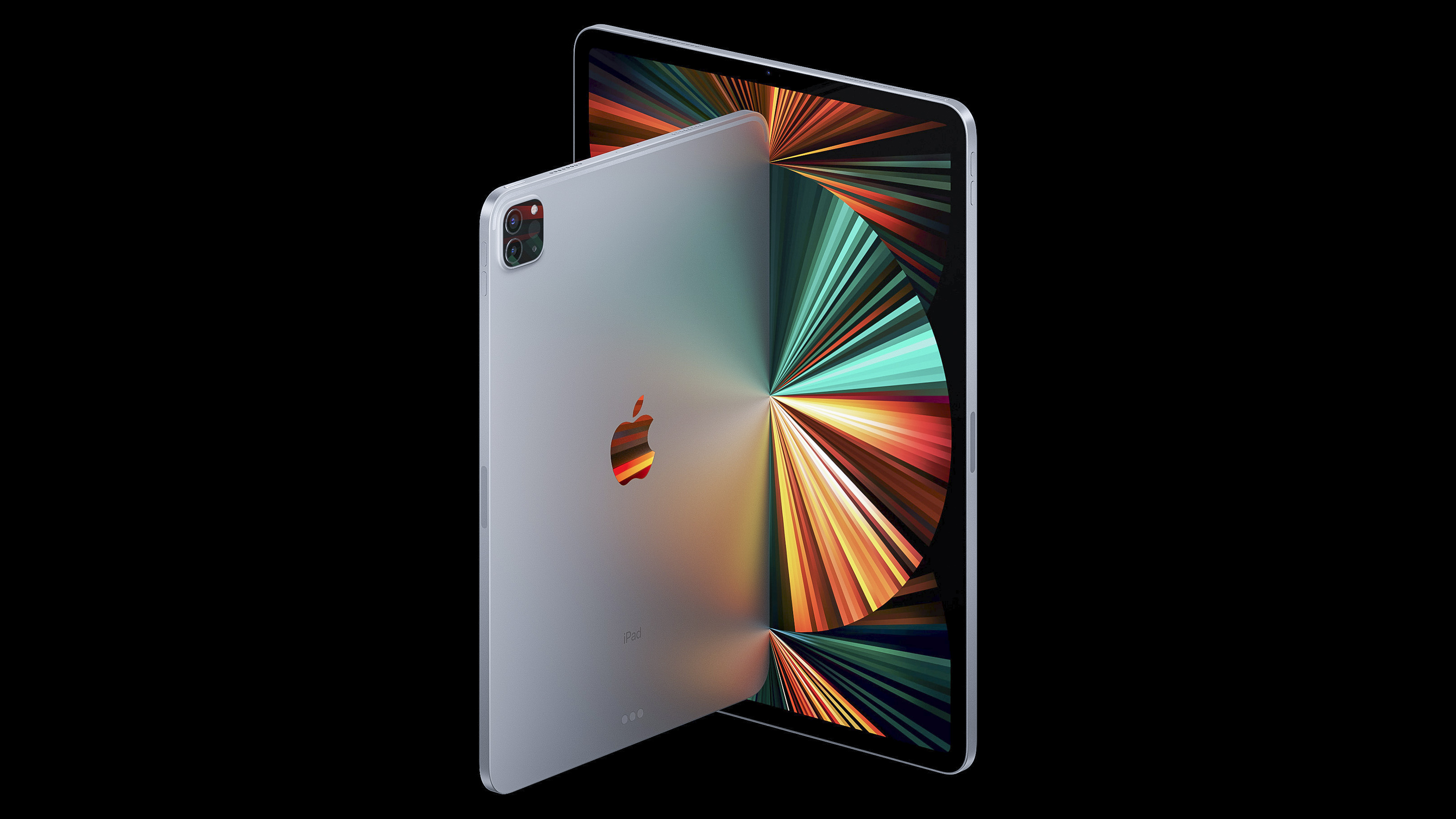

Specifications
Reasons to buy
Reasons to avoid
The brand new iPad Pro (2021) 12.9 is perfect for pretty much anything creative that you want to set your mind to. The iPad Pro is the first tablet to ever house the Apple M1 chipset. This means that the 8-core CPU will be 50% faster than the previous generation, while the 8-core GPU will deliver 40% faster graphics (interestingly, the new iPad Pro will be an astounding 1500x faster than the very first iPad Pro!).
Outside of the introduction of the M1 chip, some of the other exciting features include a 2TB storage option, the addition of 5G (and in the US, users will be able to experience super-fast mmWave 5G) and a new 12MP ultra-wide front-facing camera with a 122º field of view. This new TrueDepth selfie camera is particularly intriguing, as it features the new Center Stage function, which is perfect for video conference calls and streaming content online.
The iPad Pro (2021) 12.9 is admittedly pretty expensive, so if you're a student on a tight budget then you may want to check out some of the other back to school tech options. However, if you've got the cash to splash, the substantial upgrades to the iPad Pro mean that there's no better investment for your money.
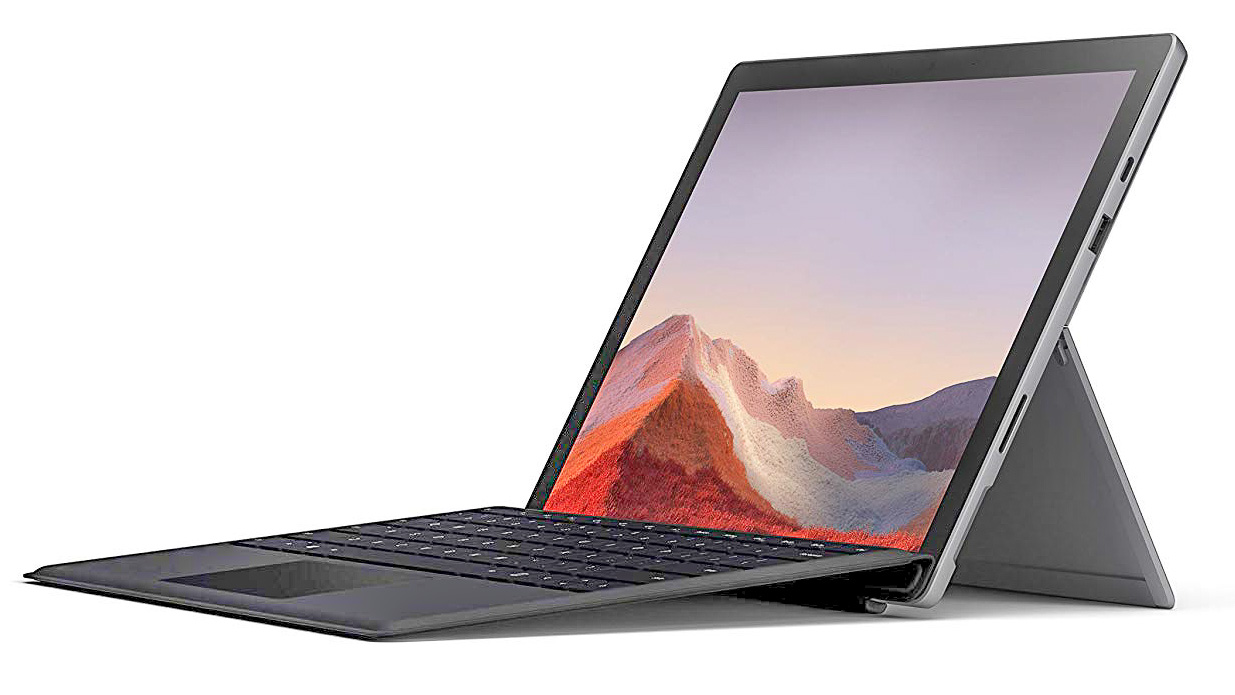
5. Microsoft Surface Pro 7
Specifications
Reasons to buy
Reasons to avoid
If you're in the market for a tablet running Microsoft's OS, you'll be hard pushed to beat the Surface Pro 7. Featuring the processing power of a laptop, a beautiful 12.3-inch PixelSense display and a longer battery life than many, the Surface Pro is, without a doubt, one of the best tablets for students.
But what really sets the Surface Pro apart is its functionality. The device features the latest multicore processors, which means you're not limited to mobile versions of anything, including the operating system. The Pro 7 is able to run the full Windows OS and, perhaps more importantly, the full version of your favorite photo editing software too.
The Surface Pro 7 also has a dedicated full-size illuminated keyboard, touchpad and precise pressure-sensitive stylus (all sold separately) – the combined package providing photographers with everything they need for high-precision photo editing.
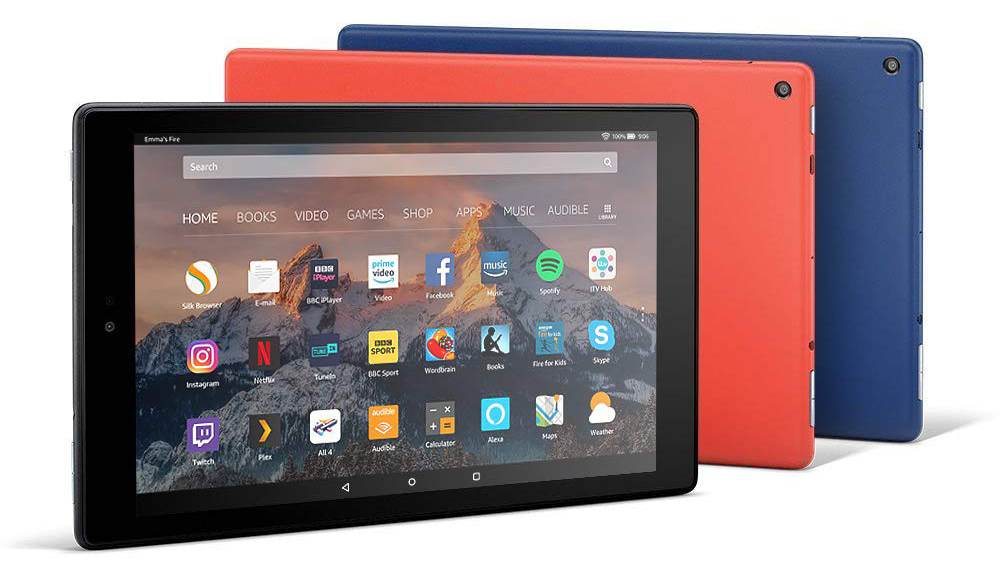
6. Amazon Fire HD 10
Specifications
Reasons to buy
Reasons to avoid
The cheapest tablet on our list by a mile, the Amazon Fire HD 10 is a fantastic option if you want a portable device for light photo editing work. Its 10.1-inch full HD screen is more than adequate for showcasing work and its highly portable, weighing in at just 500g.
The Fire HD 10 is available as a 32GB or 64GB version, both of which have a microSD card slot to expand memory up to 256GB should you need it, and the battery life is said to last up to 10 hours after one full charge.
Very much part of the Amazon eco-system, the Fire HD 10 helpfully has Amazon’s Alexa voice-assistant onboard, however it does mean using the FireHD for anything outside of that system – Google apps, for example – isn't possible. That said, the ever-growing Amazon app store presents a number of lightweight photo editing apps so you won't be short on software. A basic but capable option for students wanting a device for working on the go.
Back to school tech: Camera phones
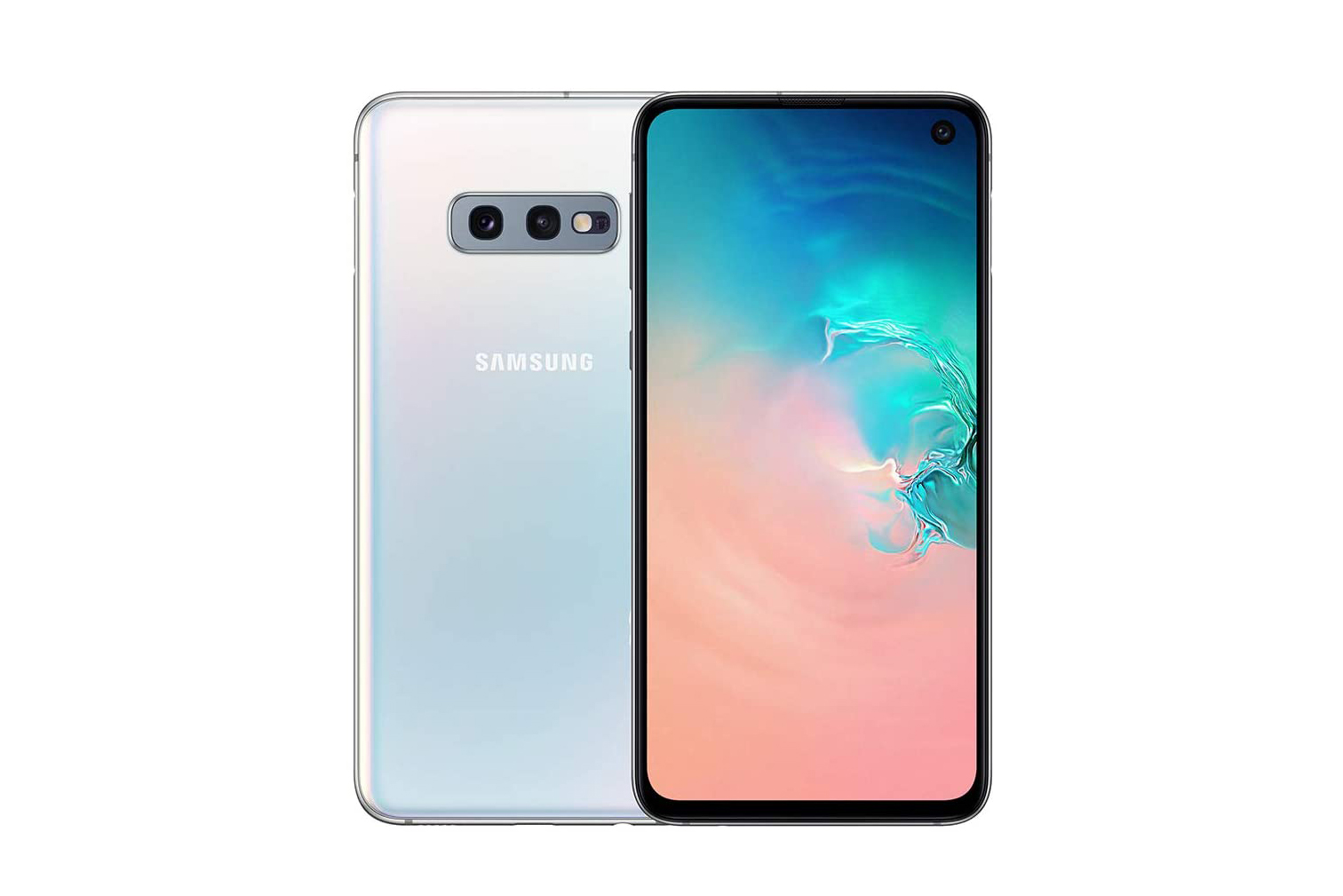
7. Samsung Galaxy S10e
Specifications
Reasons to buy
Reasons to avoid
If you're a keen smartphone photographer, but you don't want to splash your cash on a handset with all the bells and whistles, then the Samsung Galaxy S10e might just be the perfect compromise for you.
Featuring a powerful dual rear camera with a wide angle 12MP f/1.5 lens and a 16MP f/2.2 ultrawide lens, the Samsung Galaxy S10e is great for snapping pictures throughout the day. The only thing it's really missing is a telephoto lens, but these tend to be used less than wide angle lenses anyway. Meanwhile, the front-facing camera is a respectable 10MP f/1.9 camera, which is perfect for talking selfies and chatting to your friends and family on video chat.
The Samsung Galaxy S10e features a Full HD+ screen with a 5.8 inch display. It also features wireless charging and reverse wireless charging, which is a great flagship feature in such an affordable handset.
Meanwhile, this Samsung camera phone has a powerful 3,100mAh battery and uses either the Snapdragon 845 chipset or the Exynos 9810 chipset, depending on what region you're in. Running Android 10 out of the box, the Samsung Galaxy S10e offers a heck of a lot of phone for not very much money.
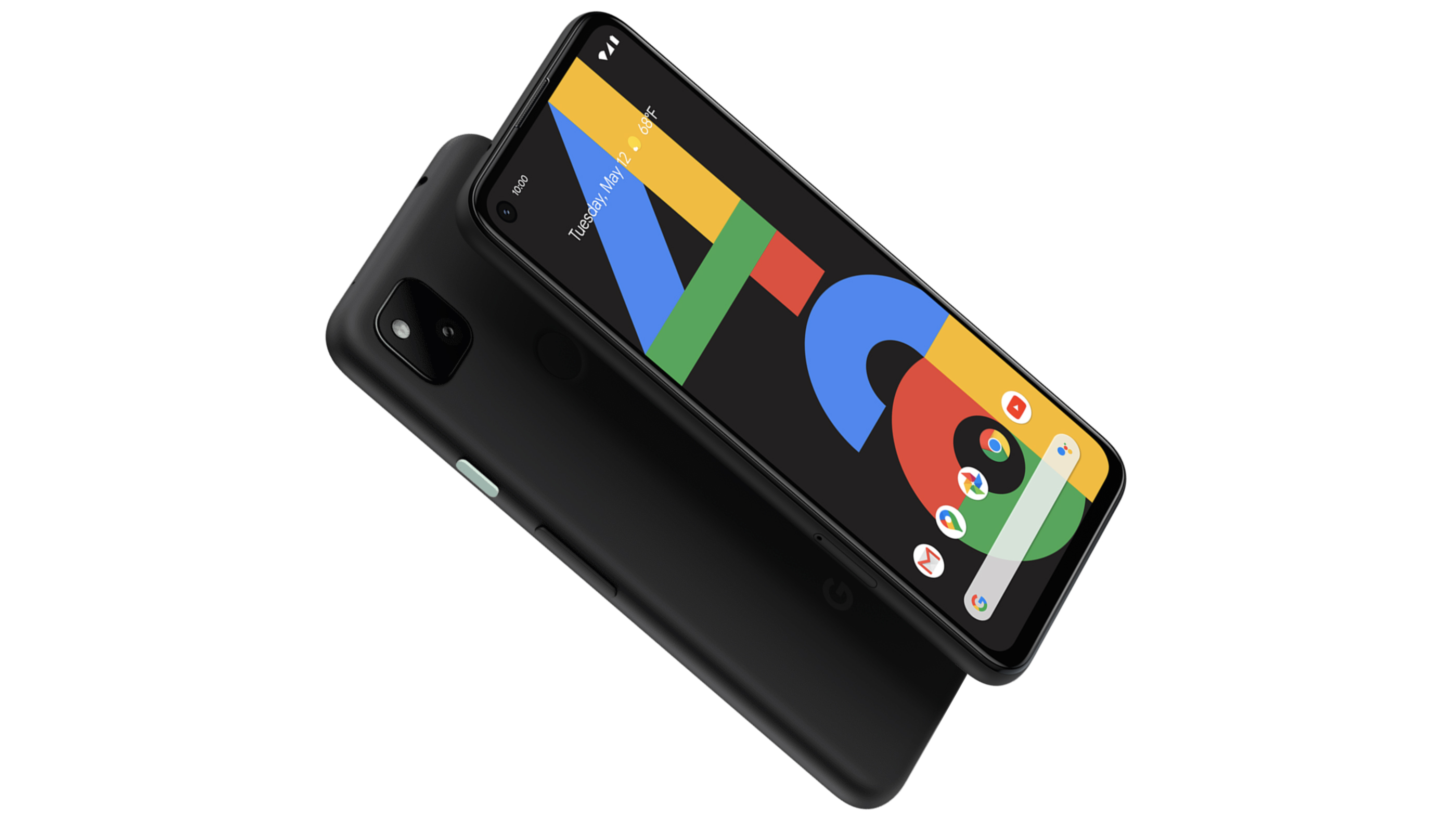
8. Google Pixel 4a
Specifications
Reasons to buy
Reasons to avoid
The Google Pixel 4a is a great example of a phone with decent specs and an affordable price to match. While it might be slightly overshadowed by its big brother, the recently released Google Pixel 4a 5G, the original Google Pixel 4a is around $150 cheaper and carries some very respectable specs.
The Google Pixel 4a carries a single rear camera with a 12MP sensor, featuring dual-pixel phase detect autofocus and optical image stabilization. It's capable of shooting 4K video at 30fps and 1080p video at 120fps. Meanwhile, the front-facing camera has an 8MP sensor. The Google Pixel 4a carries a Snapdragon 730G chipset and a 3,140mAh battery, which makes it more than powerful enough for most tasks a user might want to undertake.
The Google Pixel 4a only comes in one storage option, which has 6GB of RAM and 128GB of storage – and, unfortunately, there's no option to expand the memory yourself with a microSD card.
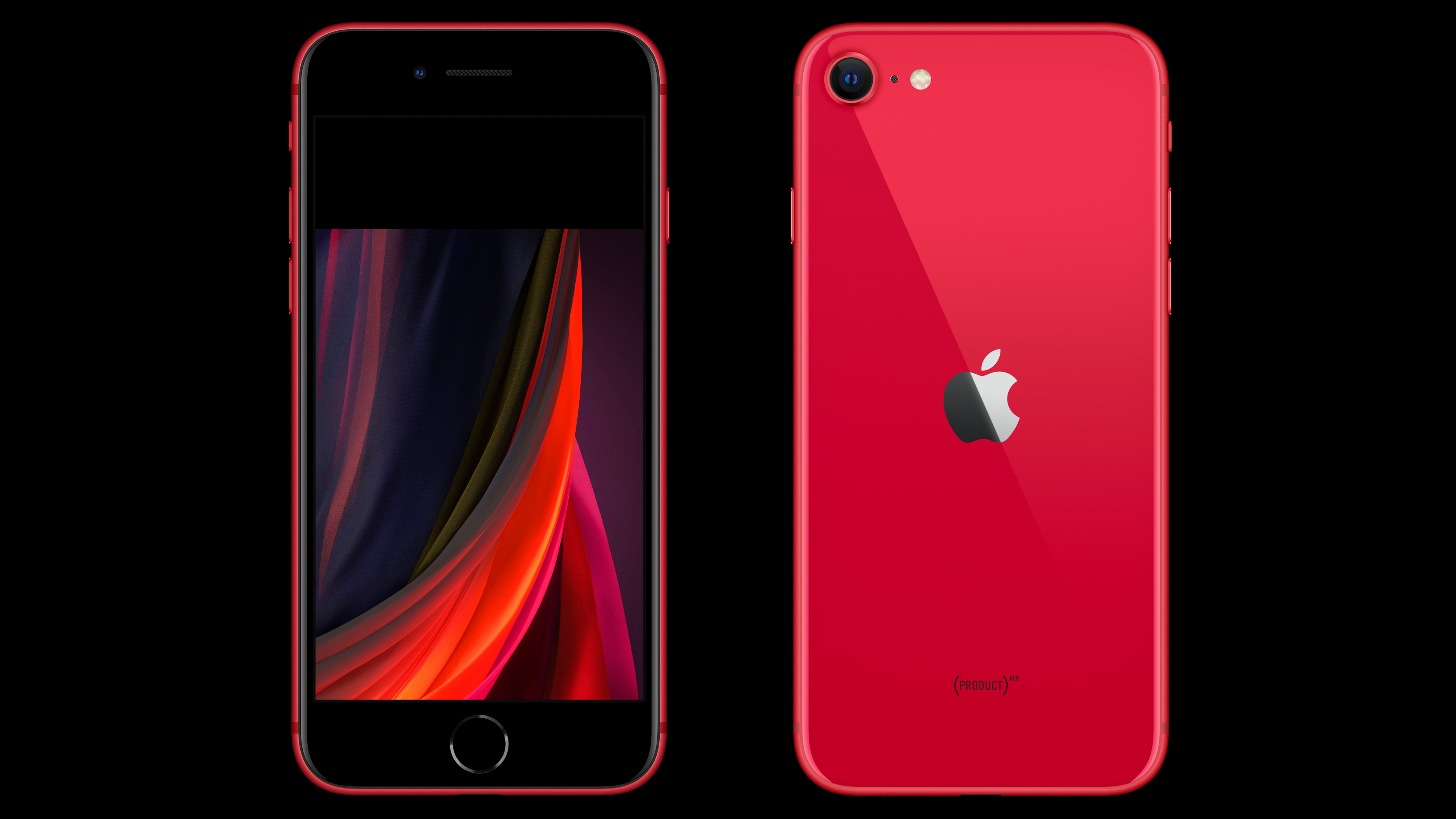
9. iPhone SE (2020)
Specifications
Reasons to buy
Reasons to avoid
The iPhone SE (2020) is a brilliant proposition: a $399 / £415 / AU$749 iPhone that takes the form factor and camera of the iPhone 8, and pairs it with the processor and software magic of the iPhone 11 Pro. The result is a pocket-friendly handset in terms of both size and price, with fusion technology that delivers highly respectable photographs and 4K video.
Its smaller 4.7-inch 720p screen isn't as bright and doesn't refresh as fast as the flagship models, but that also means that its battery doesn't get gobbled up as fast either. It sticks with Touch ID instead of Face ID, and boasts Qi wireless charging. It's IP67 water and dust resistant, and features image stabilization for rock-solid 4K 60fps video.
It certainly isn't the cheapest phone on this list (though neither is it the most expensive), and there are certainly phones that beat it in specific categories. However, taken as a whole – between its all-round imaging and video performance, and especially its A13 Bionic chip and Apple-standard software updates – the iPhone SE is unquestionably the best value handset out there right now.
Back to school tech: Cameras
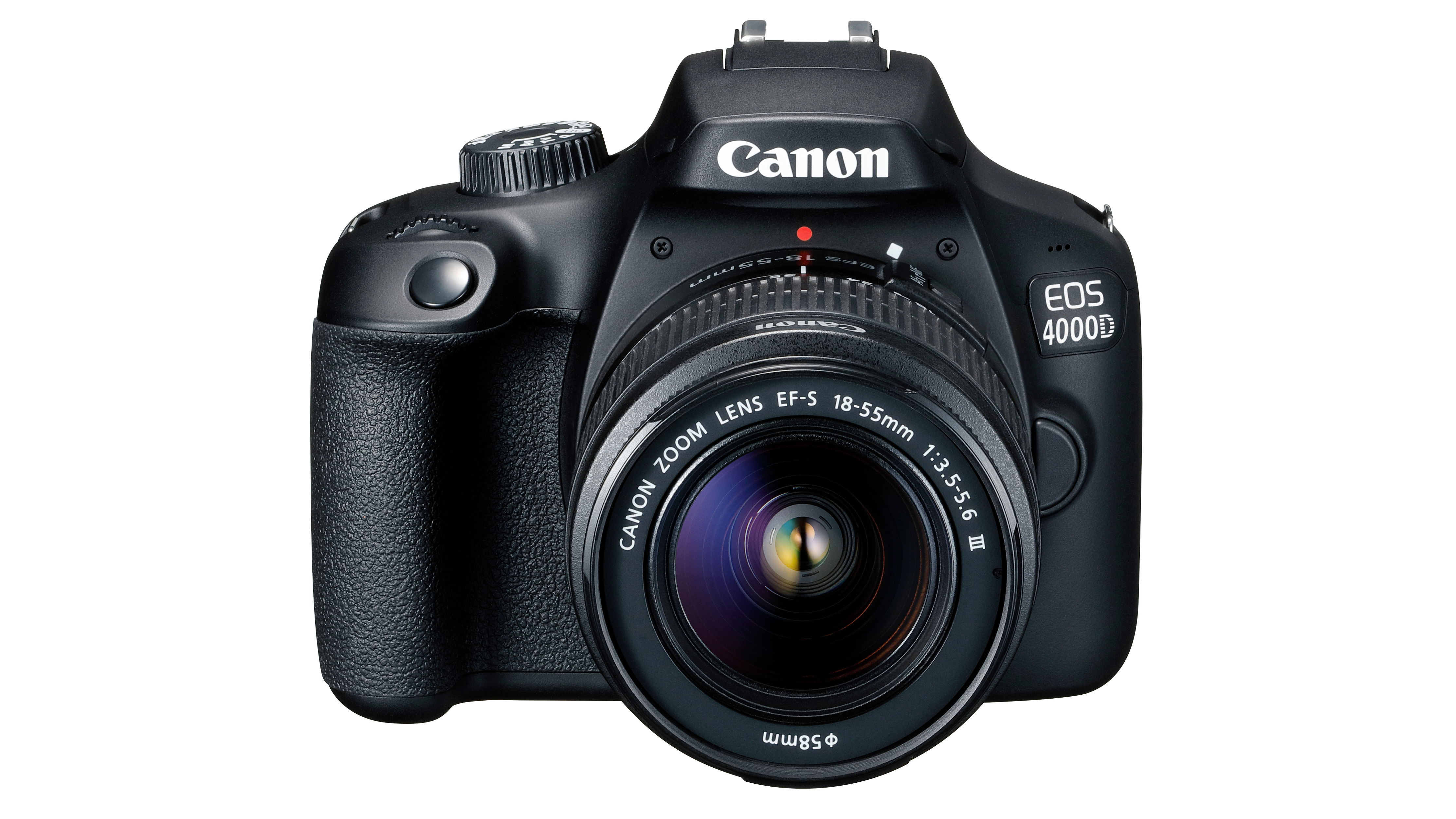
Specifications
Reasons to buy
Reasons to avoid
A 18MP starter DSLR boasting Wi-Fi connectivity and Full HD video capture, the Canon EOS Rebel T100 (aka EOS 4000D) may not offer the very latest tech for its budget price – its 9-point AF system and small 2.7-inch LCD are fairly dated, for example – but it’s a decent place for those at high school to begin learning the photographic ropes (and a sensible choice for those studying GCSE and ‘A’ level photography in the UK). If you can overlook the plastic-y feel then the button layout is logical and easy for the first time user to navigate.
The AF system is fine for general shooting with fairly static subjects, but can struggle in more challenging scenarios. However the 63 zone dual layer metering sensor linked to all AF points fares better and a 500 shot battery life is fair, if unremarkable. While not the best in class, the Canon’s JPEG files deliver pleasing colors and a range if Picture Styles is offered to enable fledgling users to get creative from the off. A cautious choice for parents who don’t want to blow their children’s inheritance.
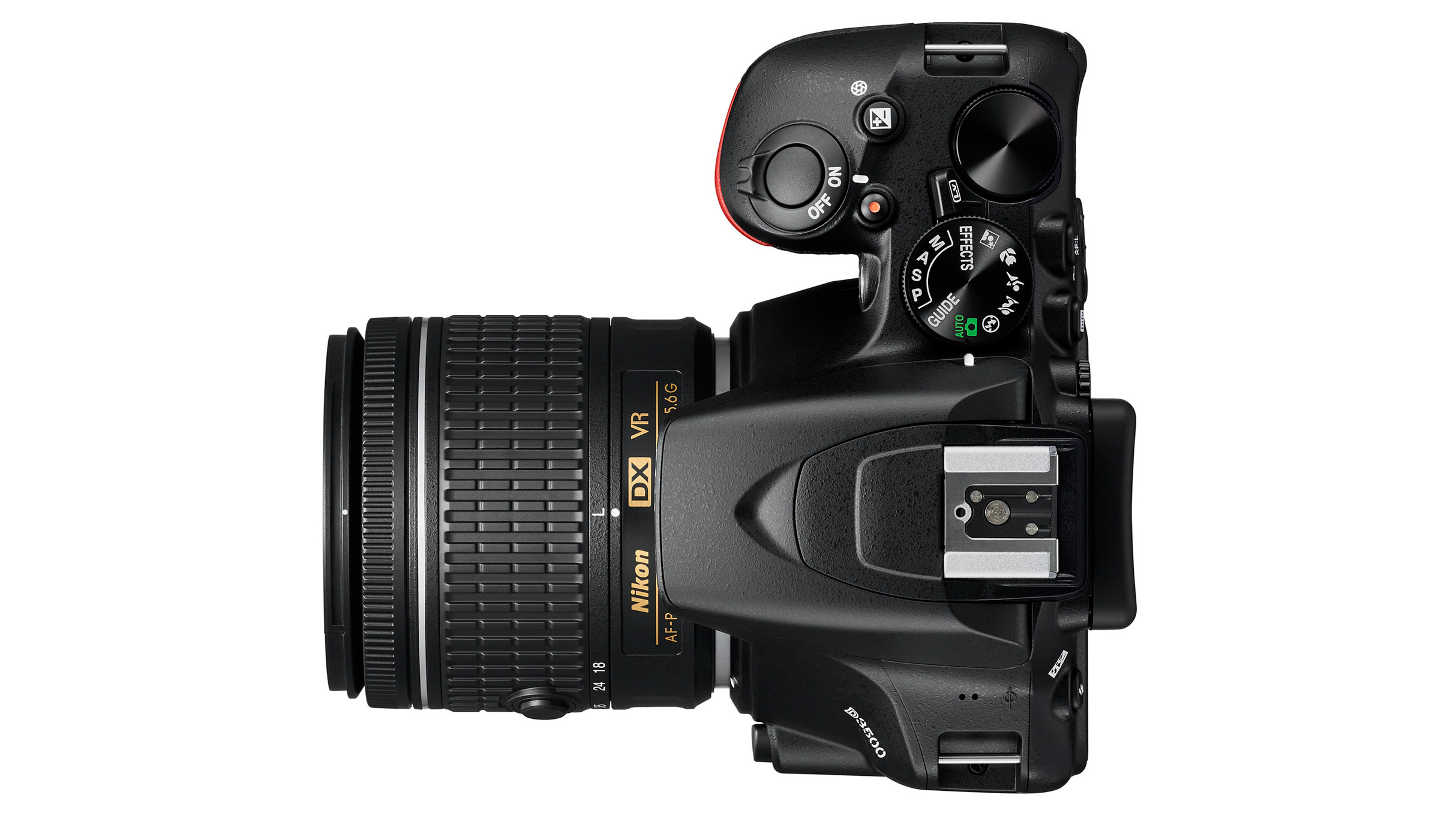
Specifications
Reasons to buy
Reasons to avoid
Described by us as one of the best, most affordable and moreover lightest DSLRs you can buy, in offering an impressive 1550 shot battery life, a 24MP APS-C sensor, Full HD video, built-in mono microphone and fixed 3-inch LCD on the backplate, Nikon’s D3500 very much ticks the right boxes for student photographers seeking to embrace a system that additionally has the support of a multitude of lenses and accessories.
Yes, we don’t get 4K video here or Wi-Fi connectivity, unfortunately, but we can capture Full HD video to just shy of 50fps. Other pluses include a decent grip and redesigned button layout at the rear, which makes the Nikon D3500 easy to handle and avoids accidental button presses. Overall the camera’s performance is responsive and its images are well exposed, vibrant and sharp. As with the Canon EF lens system, Nikon F-mount lenses are widely available at sensible prices.
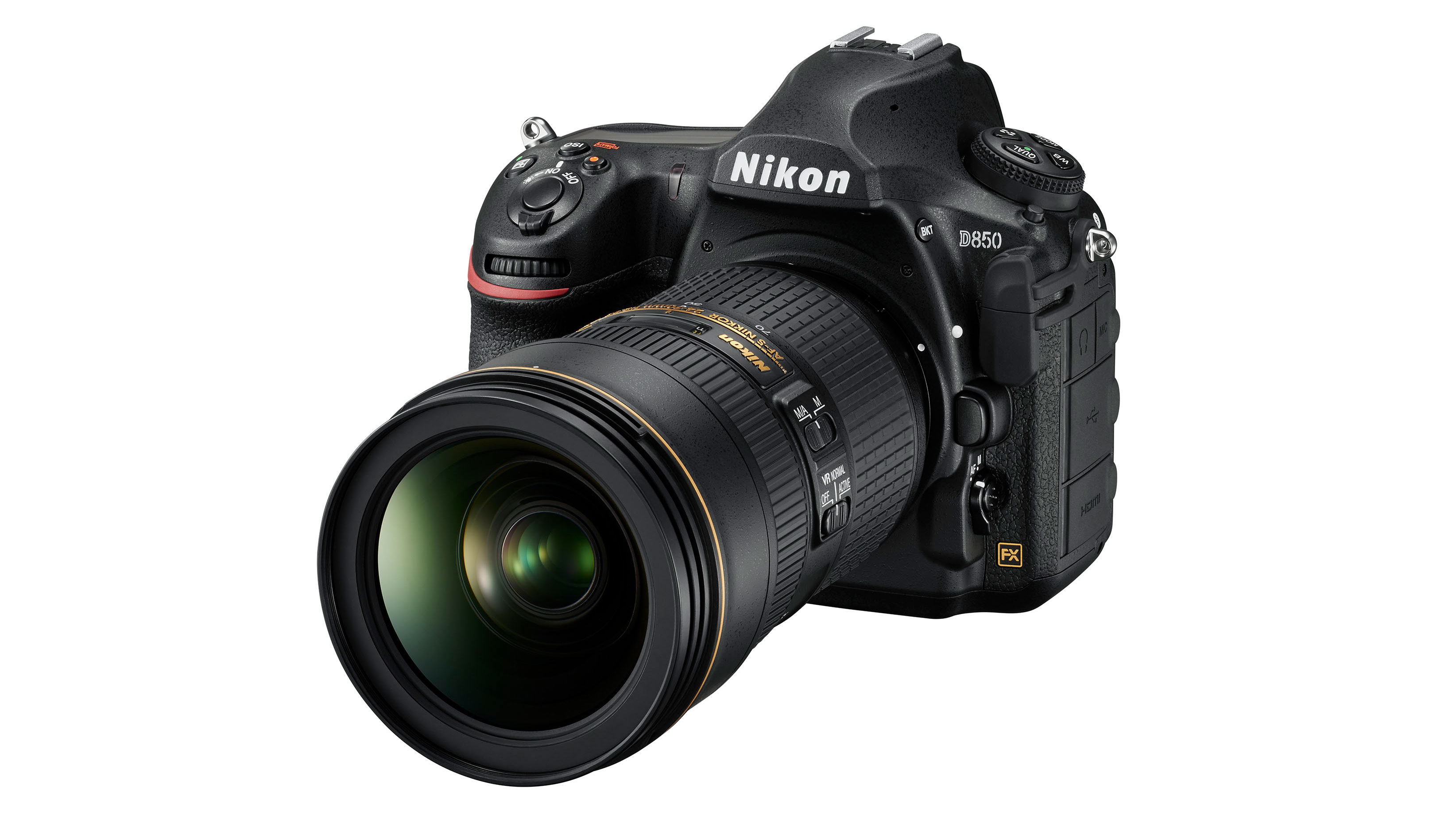
Specifications
Reasons to buy
Reasons to avoid
There are some good deals to be had on Nikon’s remarkable full frame sensor D850 partly thanks to it being four years old. While it isn’t a beginner’s DSLR by any means and would be better suited to older or more advanced students, it delivers a spectacular degree of detail while its feature set provides future proofing, including 4K video for fledgling filmmakers and the ability to achieve continuous capture speeds up to 9fps with optional grip.
The DSLR’s abilities are so wide ranging it can probably do anything, suggested our original D850 review – and is a great camera for serious professional use. Useful day-to-day features include a silent photography mode that avoids alerting subjects to your photographic fumblings, while it can eke out an impressive 1,840 shots from a full charge of its battery. An extraordinary combination of resolution and speed, we reckon the Nikon D850 is jaw dropping-ly good.
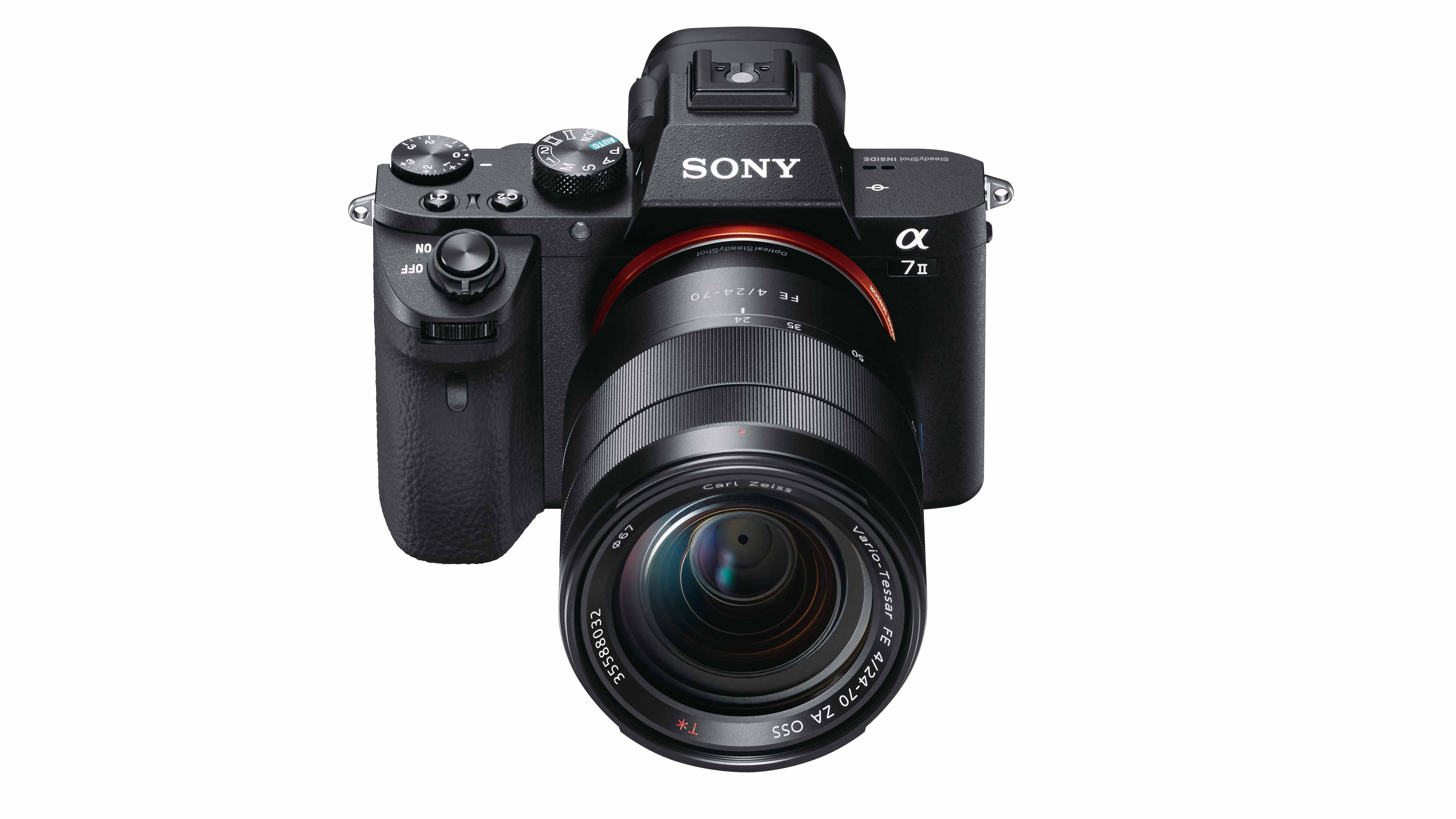
Specifications
Reasons to buy
Reasons to avoid
Sony’s A7 full frame series has proved so popular and this one is so reasonably priced in comparison with full frame DSLRs that we had to recommend it for photography students. Featuring a reasonably chunky grip and buttons grouped conveniently on the right hand side of the camera where they’re easily reached via a thumb, the second-generation A7 II is equipped with Wi-Fi and NFC connectivity for sharing images with smartphones, making it very appealing for anyone seeking their first foray into full frame photography.
Add in the ability to customize settings and also tilt the LCD screen to extend its creativity, and here we have a camera that users won’t tire off quickly as their own experience grows.
See Sony A7 vs A7 II vs A7 III
Read more
Best student laptop
Best camera for film students
Best student camera
Best microscopes for students
Best Chromebooks for students
Best otoscope for medical students
Best camera for kids
Best budget camera phone
Best tablet for photo editing
Get the Digital Camera World Newsletter
The best camera deals, reviews, product advice, and unmissable photography news, direct to your inbox!
With over a decade of photographic experience, Louise arms Digital Camera World with a wealth of knowledge on photographic technique and know-how – something at which she is so adept that she's delivered workshops for the likes of ITV and Sue Ryder. Louise also brings years of experience as both a web and print journalist, having served as features editor for Practical Photography magazine and contributing photography tutorials and camera analysis to titles including Digital Camera Magazine and Digital Photographer. Louise currently shoots with the Fujifilm X-T200 and the Nikon D800, capturing self-portraits and still life images, and is DCW's ecommerce editor, meaning that she knows good camera, lens and laptop deals when she sees them.
